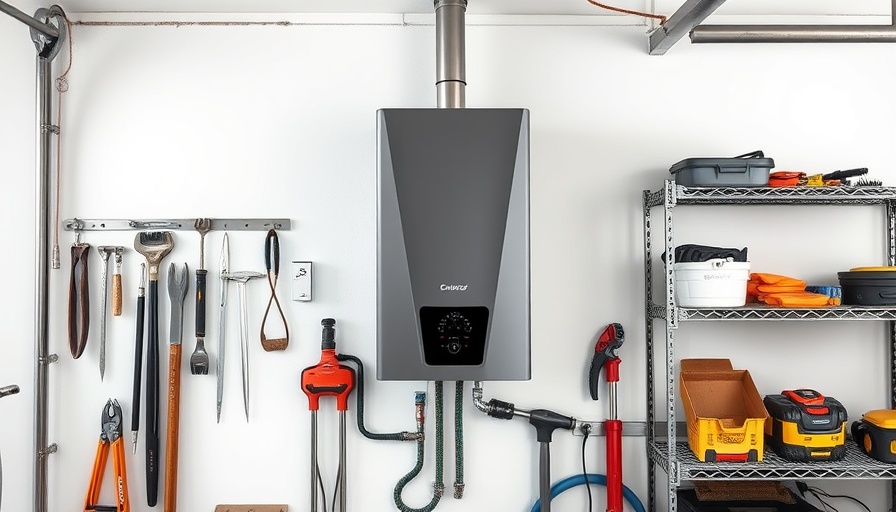
Understanding The Importance of Straining Paint
When it comes to flawless painting, especially for home service businesses like HVAC, plumbing, and renovation contracting, straining paint is essential. Just as before you begin, ensuring it's free from impurities like dried chunks or debris will guarantee a smoother finish. Paint that is clean and properly strained adheres better, looks consistent, and ultimately saves time and money.
Common Misconceptions Around Paint Preparation
Many professionals underestimate the role of proper paint preparation. Some may believe that simply pouring it from a can directly into a sprayer is sufficient. However, failing to strain can lead to clogs in the sprayer and uneven applications on surfaces. By taking the extra step to strain paint, you're not only ensuring a superior result but also extending the life of your equipment.
Step-by-Step Process To Strain Paint Effectively
To strain paint effectively, follow these straightforward steps:
- Gather Supplies: You'll need a strainer, such as a nylon mesh filter or paper filter, and a clean container for the strained paint.
- Pour Carefully: Slowly pour your paint through the strainer into the container. This allows any impurities to be caught while the clean paint flows through.
- Check For Debris: Inspect the strainer for any clogs or particles that may alter the paint's performance. Discard them properly and repeat if necessary.
Future Trends in Painting Techniques
As the home improvement industry continues to evolve with technology, advancements in paint products and sprayers are emerging. Increased awareness of the importance of prep work will likely lead to more innovations, enabling professionals to achieve not just better surface finishes, but also healthier indoor environments.
Conclusion: The Value of Proper Painting Techniques
Mastering the habit of straining paint can elevate the results you deliver to your clients. It reflects your commitment to quality and professionalism. For home service businesses aiming for excellence in every project, this is a no-brainer. Embrace this practical insight and consider developing a consistent paint preparation process in your workflow.
 Add Row
Add Row  Add Element
Add Element 


Write A Comment